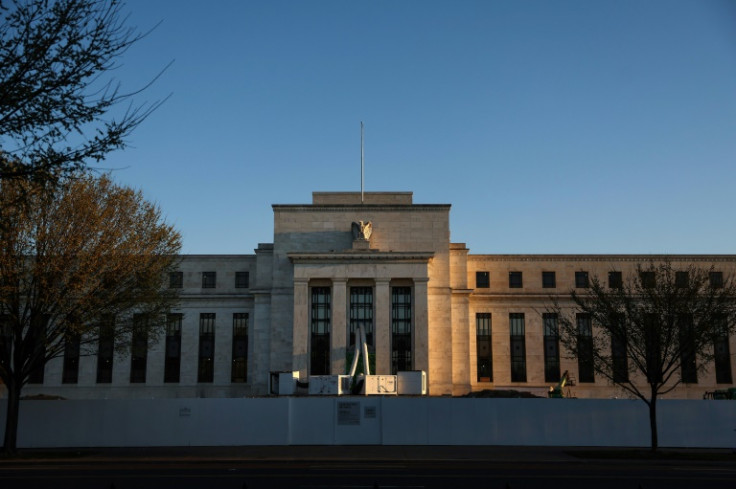
The Federal Reserve could declare victory in its fight against inflation earlier than later in the new year and begin cutting the Federal Funds Rate (FFR) — a critical monetary policy instrument.
That is according to the CME's FedWatch Tool, which monitors the probability of changes in fractional flow reserve (FFR). As of Jan. 14, it pointed to a 70% probability of a 25-basis point cut in March, up from 62.7% a month ago. In addition, the FedWatch tool places the chances of another 25-basis point interest rate cut in May at 68.5%, up from 52.9% a month ago.
The rise in the chances of two rate cuts by May comes despite mixed inflation figures released last week. For instance, a report released by the New York Federal Reserve last Monday showed that inflationary expectations among the nation's consumers continued to drop in December and were moving closer to the Fed's "price stability" target of 2%.
Another inflation figure, the Consumer Price Index (CPI), which measures what consumers pay for a "typical basket" of goods and services, remained elevated and moved in the opposite direction.
A third inflation measure, the Producer Price Index (PPI), which measures inflation at wholesale inflation, continued to fall and remained below the Fed's target.
While more data is needed to reach a definite conclusion on the direction of inflation, there are a few reasons why the nation's central bank may declare victory against inflation and begin cutting interest rates.
First, the Fed cannot afford to keep interest rates elevated for too long because they may end up "breaking something" and push the economy into a financial crisis, as history has shown. For instance, high interest rates broke the subprime mortgage market, leading to the financial crisis of 2008-9.
This time around, high interest rates could break the balance sheet of regional banks with a sizable portfolio of long-maturity bonds purchased during the ultra-low interest rate environment. Long-maturity bond prices drop sharply as interest rates rise, causing capitalization issues that can lead to bank failures.
Second, high interest rates undermine the value of the Fed's bond portfolio. The nation's central bank has been a net bond buyer during the ultra-low interest rate era under its Quantitative Easing (QE) policy.
Third, the nation is heading into presidential elections later this year. It has been a long tradition that the Fed refrained from cutting interest rates close to that event, as lower interest rates are seen as favoring the political party in office.
The bond market has already been sensing the Fed's constraints that call for an earlier rather than a later interest rate cut, pushing bond prices higher and yields lower. For instance, the benchmark 10-year Treasury bond is currently trading with a yield of 3.90%, more than a whole percentage point lower than a month ago.
"While the headline CPI figure increased at a slightly faster than expected pace in December, overall trends still show a march toward lower prices, so far without a large hit to the surprisingly tight labor market," Jonathan Ernest, professor of economics at Case Western Reserve University, told International Business Times. "Unless this blip in consumer prices proves to be indicative of a larger trend, I would expect the Fed to begin pushing down interest rates in 2024."
Still, Mark Higgins, author of the upcoming book "Investing in U.S. Financial History: Understanding the Past to Forecast the Future," believes it is premature to conclude that the Federal Reserve's monetary tightening cycle is over. "The event that is most like what we experienced over the past two and half years is the Post-World War I/Great Influenza inflation of 1919-1920," he told IBT.
"The Federal Reserve responded by raising interest rates aggressively during the first six months of 1920, which triggered a short but relatively severe recession in 1921. It should also be noted that this is, in fact, the most likely outcome during periods of extreme price instability for reasons that are difficult to counter," he added.
Steve Wyett, chief investment strategist at BOK Financial, cited the unrest in the Middle East, the ongoing war in Ukraine, the potential for movement in Taiwan by China and ongoing wage pressures as sources of instability this time around.
He, too, cited history as a guide for the Fed not rushing to interest rate cuts. "We think the Fed can lower rates without 'easing' monetary policy, that is, reducing rates but maintaining a stable real rate," he told IBT. "But we hesitate to provide an outlook for a Fed looking to lower rates enough to spur additional economic activity."







